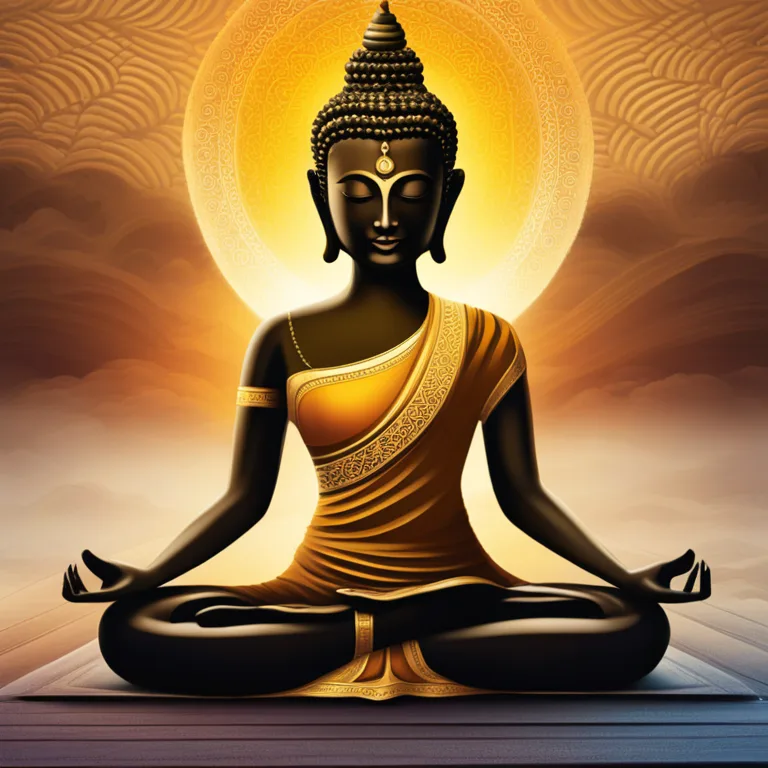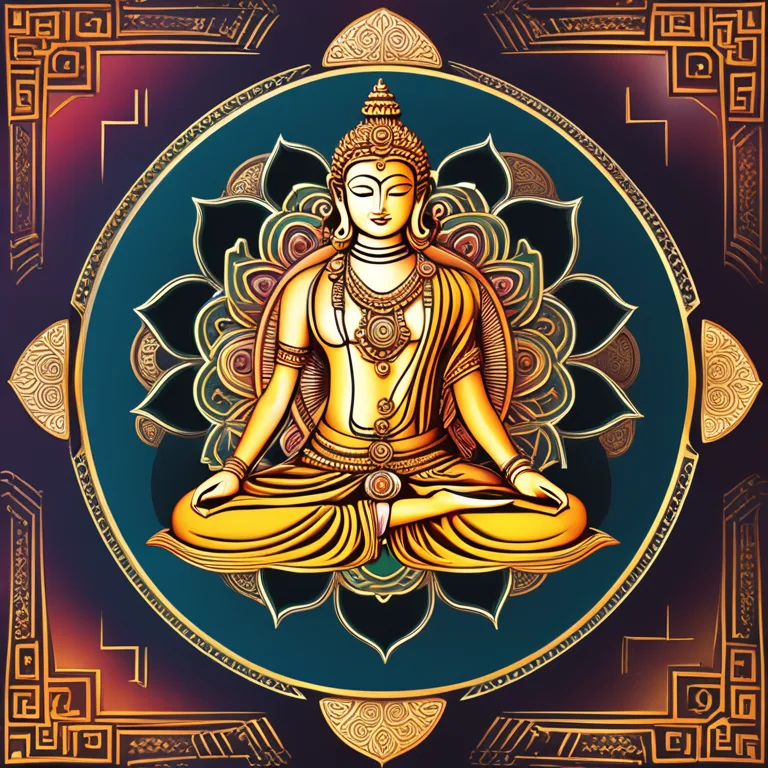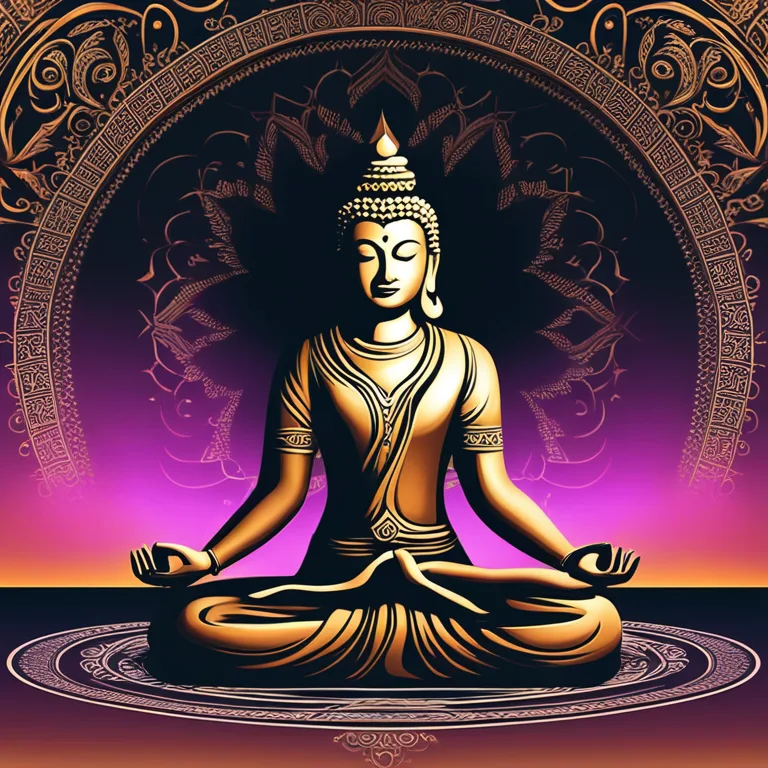
Yoga Techniques for Inner Peace
Discover effective yoga meditation techniques to cultivate tranquility and enhance your well-being.
article by Hina Kurosawa
Introduction to Yoga Meditation
Meditation has become an essential part of yoga practice, evolving into a diverse array of techniques designed to promote mental clarity and emotional stability. As stress levels globally rise, yoga and meditation offer a sanctuary for those seeking inner peace. In this article, we'll delve into the most impactful meditation techniques within the yoga tradition, providing an informative guide to help individuals harmonize body and mind.

Incorporating Breath into Meditation
Pranayama, or yogic breathing, is crucial for settling the mind and preparing for meditation. Techniques such as Ujjayi (Victorious Breath), Anulom Vilom (Alternate Nostril Breathing), and Kapalabhati (Skull Shining Breath) serve as bridges connecting the physical and subtle energies. Regular practice harmonizes our life force, paving the way towards deeper meditation and heightened awareness. In contemporary yoga sessions, pranayama acts as a precursor to meditation, highlighting the importance of breath in achieving mental serenity.

Mantra and Sound Meditation
The use of mantras—a sequence of words or sounds—has been a cornerstone in yoga for centuries. The audible repetition of mantras, such as the renowned "Om" or other bija mantras, concentrates the mind and vibrates throughout one's being. The Gayatri Mantra and Mahamrityunjaya Mantra, among others, have risen in popularity, particularly as the global yoga community becomes more interconnected through digital platforms and international festivals.

Guided Visualization and Yoga Nidra
Guided visualization and Yoga Nidra, or yogic sleep, are powerful practices gaining momentum for their role in stress reduction and healing. These relaxation techniques involve a conscious journey through the body and mind, encouraging practitioners to explore and release tension. A session of Yoga Nidra is equivalent to several hours of deep sleep, making it especially valued in our high-paced modern lifestyles.

Concentration and Mindfulness
Focusing on specific points, such as the "third eye" or the heart center, is a common meditation technique taught in yoga classes. Maintaining awareness on these energy centers, or chakras, can lead to profound inner awakening. Moreover, mindfulness—a practice of observing thoughts without attachment—has spread widely in recent years, finding a natural place within the yoga world as a means of cultivating non-judgmental self-awareness.
Advancements and Integration of Tech
In the digital age, yoga meditation techniques have embraced technology, with virtual reality meditation and biofeedback being at the forefront of futuristic practices. These advancements have opened new dimensions of experiencing and teaching meditation, making it accessible to a diverse audience and allowing practitioners to explore virtual sanctuaries and monitor their physiological responses to meditation in real-time.
Adapting Techniques for Personal Needs
While the traditions of yoga meditation are rooted in ancient wisdom, the adaptation to individual needs is key to its relevance in modern times. Personalized meditation routines based on astrological insights, biorhythmic data, and compatibility with one's lifestyle are emerging trends. Mapping personal energy cycles and tailoring meditation practices accordingly empowers individuals to maximize their mental and spiritual growth.
Published: 12/20/2023
Modified: 12/20/2023
More predictions
Come back here soon to learn more about yourself and your future


The Art Of Meditative Sketching
Discover how meditation and mindfulness can enhance the art of drawing, offering a peaceful escape and a journey to self-discovery.


Beginner's Guide To Mindful Meditation
Discover key steps to starting your journey into mindfulness meditation with this beginner-friendly guide.